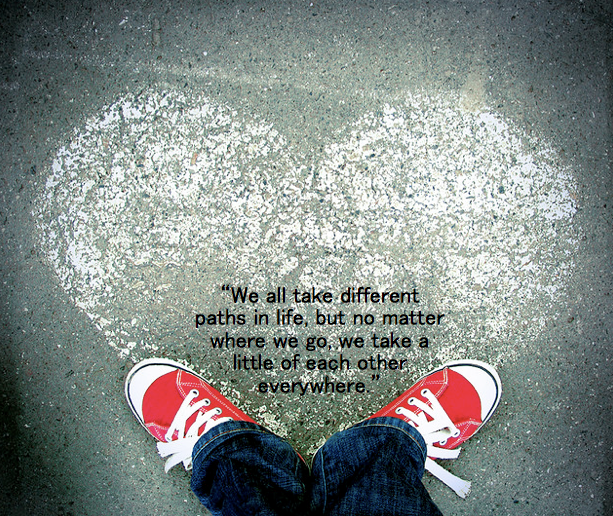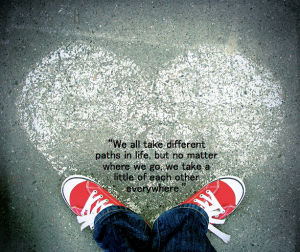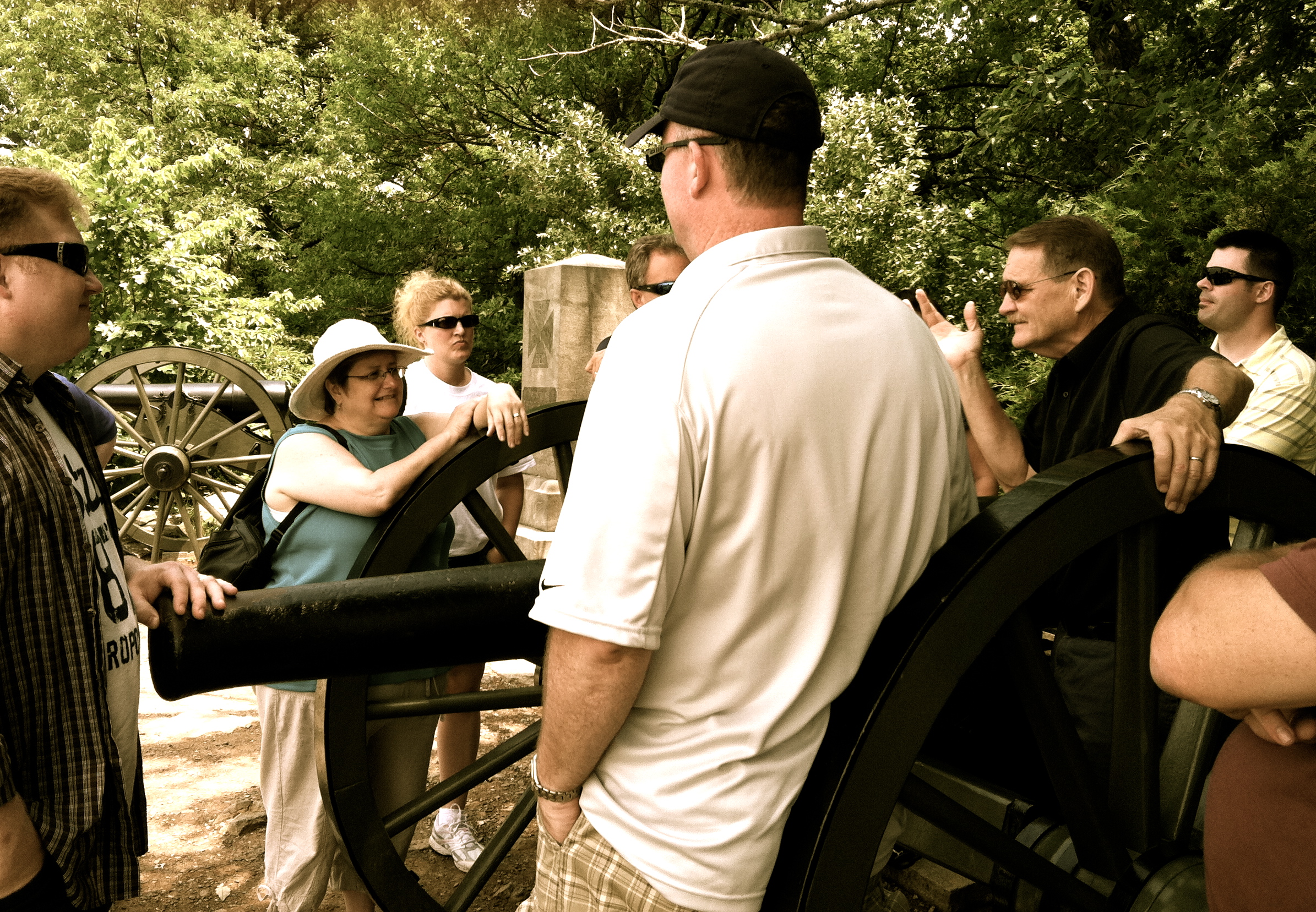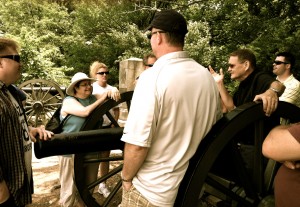
For the past few weeks I’ve had the opportunity to spend multiple days in many of our classrooms. Last year I wrote this post about my “principal’s visit” days and how enjoyable it was to spend quality time with students and staff.
These visits not only serve as an escape from the drudgery of office tasks, they allow me to see instructional strategies at work; how we address curriculum; the engagement of students in a variety of learning scenarios; how resources are being allocated; teacher-student relationships and peer interactions; whether schedules are appropriate; types of assessment being used; and planning processes.
There’s no better feeling than the jubilation of seeing a child excel at a task or when a teacher’s heart and love for kids lead her work with students each day. On the flip side, it’s possible for an administrator to develop a certain “gut feeling” when something doesn’t seem quite right in the classroom.
So far this year, I’ve had the chance to read interactive stories with kindergarten; facilitate small reading groups, review time concepts, and introduce Little Bird Tales in Grade 2; spend the entire day with Grade 6 inWashington, D.C.; help students create their first Prezis and collaborate using Google docs in grade 4; explore point of view through reading different versions of The Three Little Pigs (with one of my favorite tales, The True Story of the Three Little Pigs) with some of our young English language learners; help students in our Life Skills classes interact with math activities on the iPad and explore phonics patterns; and analyze text structure and write collaboratively, complete small group math activities, and discuss the writing process in Grade 5. I am looking forward to time in grades 1, 3, and our special classes in the weeks ahead!
A month or so ago, Dean Shareski wrote a post entitled It’s not 1985, about the need for us to ensure our students become fluent in digital literacy, particularly in writing. That, if we continue to teach writing as we always have, we are doing a disservice to our students. I agree wholeheartedly, and one of the reasons why I so enjoyed my visit with grade 5 writing classes is because I had the chance to discuss with them my journey as a writer.
Had I taught this “lesson” a few years ago, there would have been no mention of blogs. Or digital footprints. Or comments and interactions with others. ClustrMaps. Blog analytics. Storybirds. iPhones. Facebook. Or authentic audiences.
It went a little something like this:
I have always loved writing. I filled spiral-bound notebooks with story after story. Then, when I was in middle school, my family got its first computer: an Apple II GS. And suddenly, I learned how to type. I became more prolific in my writing and could edit with ease. I learned how to cut, copy, and paste text. My pieces were more polished. So, as technology changed, so did my platforms for writing.
I showed them my blog. We talked about purpose and audience. I told them what a “digital footprint” was, and how it is shaped by everything we do online. Every photo we post or tag, every word we write. I emphasized that it is important that they control their digital footprint and make it a positive, lasting impression of which they can be proud. We talked about how I use embedded hyperlinked text, videos and images to lead my readers to other resources. I showed them my ClustrMap and Feedjit stream. They wanted to know how dots appeared in the middle of the oceans! I shared comments with them, and many of them understood the importance of quality commenting from their work with Kidblog in fourth grade. Then, I walked through the process of how I wrote my first Storybird, which I shared with them at our opening assembly. I had the idea while I was driving in my car. I didn’t have access to paper or pencil. I use my iPhone to record my ideas. Ramblings, really. I told them how my brainstorming paragraph was riddled with errors and that, when I started using Storybird, I was inspired by the amazing illustrations so much that I revised a lot of my original text. My story took on a life of its own when I engaged with the Storybird format. I shared how I shared it with my primary audience – our students and staff at an assembly, but also published it on my blog and shared with my virtual community as well.
Using my repetitive writing pattern as a model, grade 5 students have begun writing their own stories. I had the opportunity to read several of their stories, and they are beautiful. I am looking forward to working with their teacher so she can embed them on her webpage to share with families.
Do I think this conversation was meaningful for my students? Yes. I received a lovely thank you email from the teacher expressing her gratitude for taking the time to share my “story.” And isn’t that what we should be striving to do at every opportunity? Share our stories with students?
My “gut feeling” is that when we teach students to write, we do so too methodically. We sometimes allow adherence to form trump creativity. We assess according to state-issued rubrics that call for a certain structure to be followed. We “score” students on their abilities to be focused, include enough content, stay traditionally organized, use proper grammar and spelling, and use “style.” We neglect audience. We’re churning out writer-robots who spit back the format they think we want to see. We graphic-organizer-them to exhaustion.
Yes, we need to help them learn structures of writing. But we can’t stop there. We can’t repeat the same lessons year after year and expect them to produce the same types of writing over and over again. Snooze.
In a #cpchat conversation recently, we pondered, How do we know that our use of technology is improving learning opportunities for students? And we talked about the typical measures that schools/states/nations are using to determine if students are “proficient” in academic areas. Historically, our school has been high-performing on the state writing assessment. Last year we were in the top quintile of performance for schools in the state. What does that mean? That our students can write in response to a prompt, demonstrating they have control over conventions, organization, style, content, and focus?
(Incidentally, I hear many teachers state with great exasperation, Style is just so hard to teach! when we ponder over students’ lower scores in this area. Perhaps… if we allowed students’ creativity to flourish, and make it a priority… style would take care of itself? The students whose Storybirds I read were able to embrace style like they never would have on a paper-pencil assessment.)
But how would students’ command of writing on traditional state assessments translate to proficiency in digital literacy? According to the NCTE, what do 21st century readers and writers need to know and be able to do?
Today, the NCTE definition of 21st century literacies makes it clear that further evolution of curriculum, assessment, and teaching practice itself is necessary.
Literacy has always been a collection of cultural and communicative practices shared among members of particular groups. As society and technology change, so does literacy. Because technology has increased the intensity and complexity of literate environments, the twenty-first century demands that a literate person possess a wide range of abilities and competencies, many literacies.
These literacies—from reading online newspapers to participating in virtual classrooms—are multiple, dynamic, and malleable. As in the past, they are inextricably linked with particular histories, life possibilities, and social trajectories of individuals and groups. Twenty-first century readers and writers need to
• Develop proficiency with the tools of technology
• Build relationships with others to pose and solve problems collaboratively and cross-culturally
• Design and share information for global communities to meet a variety of purposes
• Manage, analyze, and synthesize multiple streams of simultaneous information
• Create, critique, analyze, and evaluate multimedia texts
• Attend to the ethical responsibilities required by these complex environments
Administrators and teachers, consider the influence you could have on your teachers and students; on instructional methods and curricular choices; on developing your students’ 21st century literacy skills. If you are an administrator who has discovered the importance of ensuring your students are fluent digital readers and writers, how are you modeling this in your learning organization? How are you sharing with your students?














